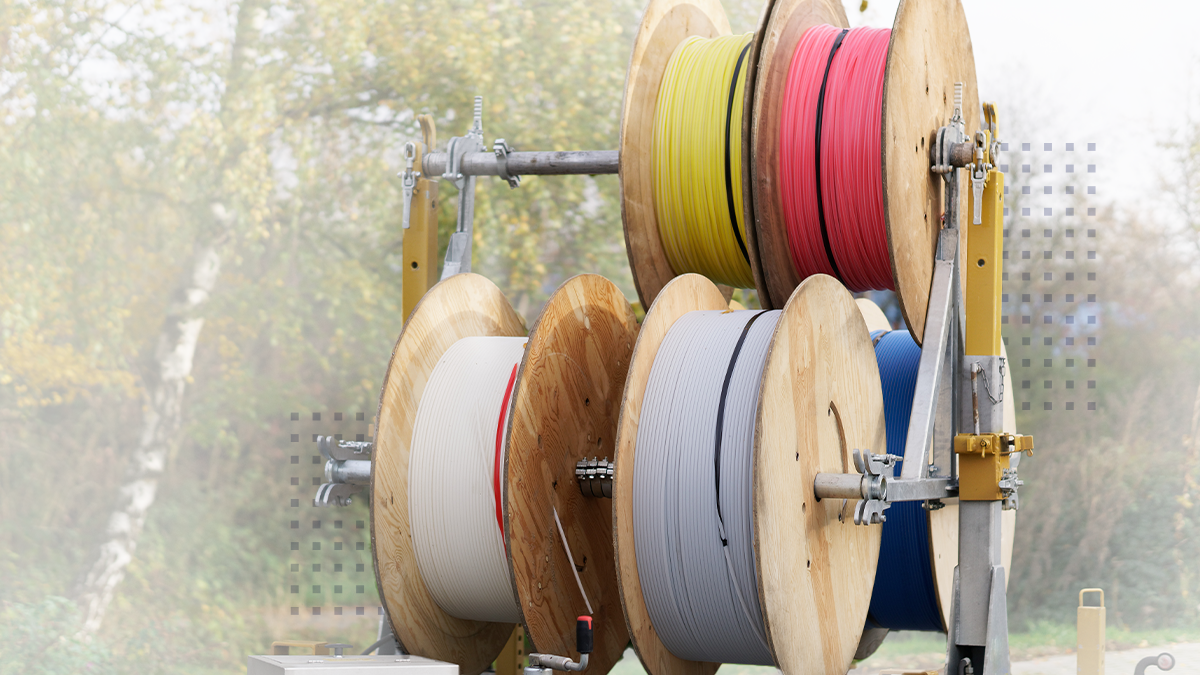Cable Operator Considerations For A Successful PON Migration Strategy

There are a lot of questions likely to keep cable executives awake at night. How do I compete with fiber providers overbuilding into my territories? How do I continually deliver positive returns to my investors? What are the right network technology choices to support the launch of new managed services to drive growth?
Regarding network upgrade strategies, a recent trend is that more cable operators are deferring decisions on whether to deploy DOCSIS 4.0 and instead are leveraging what’s being termed DOCSIS 3.1 “Extended” or “Plus”. DOCSIS 3.1 Extended provides downstream speeds up to 8 Gbps and upstream speeds up to 1.5 Gbps. It uses a DOCSIS 4.0 modem but can continue to rely on DOCSIS 3.1 equipment in the provider’s network, making it less costly to deploy in comparison with DOCSIS 4.0.
Accordingly, more operators are using DOCSIS 3.1 Extended to kick the can down the road on DOCSIS 4.0 decisions. Some operators have estimated that DOCSIS 3.1 Extended may provide five years of runway at a minimum. Cable operators already had lots of decisions to make about network upgrades—when and where to deploy fiber, whether to upgrade their HFC plant without fully committing to DOCSIS 4.0, or committing to a 4.0 upgrade. And now operators have another option to consider in DOCSIS 3.1 Extended.
Many operators are not planning to upgrade their existing HFC network and instead are migrating to fiber. Some are overbuilding their entire existing HFC plant with fiber while others are being more selective, focusing on targeted PON deployments for greenfield and edge out expansions, without committing entirely to replacing their existing HFC network.
A trend we’re seeing in the cable segment is that increasingly, more operators are pursuing a HFC to PON transition strategy. Many have already decided that PON is the ultimate end game for their networks. Drivers of these decisions include reducing operating costs, adding capacity, improving network reliability, and competitive reasons.
Increasingly, operators aren’t deciding whether or not to pursue PON as much as asking how to make it happen: How do I do it? How do I run those new drops? How do I get inside the subscriber's home and change that device? How do I persuade my subscribers to want to do so? Calix is an expert at helping operators address these issues and successfully make the transition to PON.
As well as PON’s speed and performance advantages, there are clear operating cost benefits: PON offers a more simplified and scalable network architecture with fewer systems and fewer points of failure. PON’s lower power consumption can lead to as much as an 80 percent reduction in electricity costs compared to HFC, while PON’s longevity and reliability means lower maintenance costs, including fewer truck rolls.
Cable operators also need to develop and implement network strategies that futureproof their networks, support growth objectives and deliver positive returns to their investors.
A Roadmap for an Effective PON Transformation
Calix works with cable operators of all sizes to overcome these challenges, ensuring their PON conversions can be executed quickly, cost effectively, and in line with business objectives. The Calix approach focuses on:
Designing a simplified PON architecture: By deploying modern PON architectures where functions such as traffic and subscriber management are performed closer to the network edge (e.g. via the OLT or ONT), cable operators can strip the cost and complexity out of migrating to advanced fiber networks such as XGS-PON.
Integrating with existing DOCSIS back-office systems. The Calix DOCSIS Provisioning Connector software (DPx) is the industry’s leading solution for allowing cable operators to provision and manage PON networks on the same back office/OSS platform as their existing DOCSIS network.
Managing subscribers from the cloud. By deploying the Calix Broadband Platform for their PON deployment, cable operators also leverage the power of Calix Cloud®. This includes using automated real-time network data to streamline operations (Operations Cloud), harnessing end-to-end subscriber visibility to proactively resolve issues (Service Cloud), and using analytics to drive marketing campaigns (Engagement Cloud).
Providing a launchpad for managed services. Competing on speed alone is no longer a differentiator. Subscribers are demanding new kinds of services beyond connectivity. By rolling out additional value-added managed services on a single, end-to-end broadband platform, cable providers can capture market share and add recurring revenue. The Calix Broadband Platform offers unparalleled network performance, subscriber-first services, and streamlined support for broadband service providers of any size.
Meeting the requirements for government funding. Public funding initiatives—such as the $42.5 billion Broadband Equity Access and Deployment program—are prioritizing PON-based deployments over competing access technologies—but only if certain conditions are met. Around three-quarters of all federally funded service providers in the U.S. rely on Calix to apply for, secure, and maintain funding.
At Calix, we have a proven track record of enabling cable operators PON migrations while helping them to simplify, operate efficiently, and achieve penetration and return on investment objectives.
To discover how Elijay simplified their network and reduced OPEX in their HFC to FTTH conversion with Calix Intelligent Access, read the case study.
Related articles




